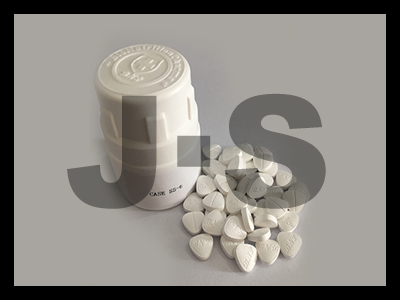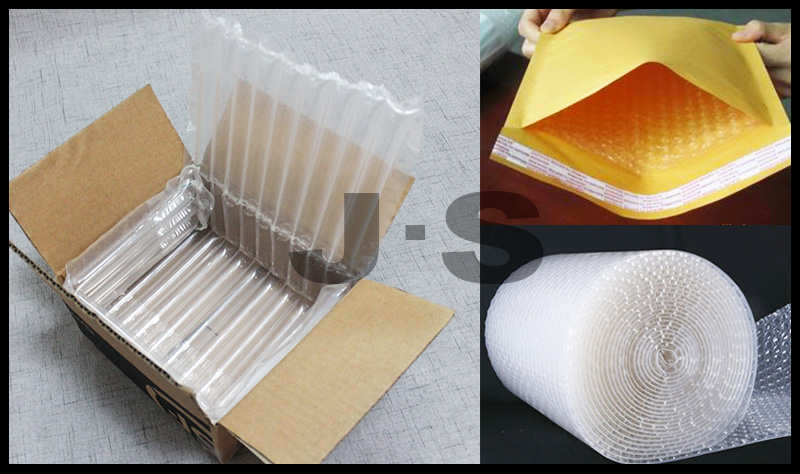
Name | AICAR / Acadesine / ARA100 |
|---|---|
Form | Tablets/Pills |
Dosage | 10mg/tablet |
Inventory | 1000 bottles for sell |
MOQ | 10 bottles |
Package | 100tablets/bottle |
Pack material | Shockproof film, shockproof envelope, and Cartons |
Logo | with or without both ok |
OEM | Offer OEM service. Customed dosage & brand & LOGO & package. OEM MOQ 100 bottles |
Shipment | By express to buyers’ door. 100% make sure delivery |
Payment | TT/ Western Union/BTC/ETV/VISA and so on, please contact by email |
Shipment time | Within three working days after payment. Usually need ten days to arrive buyers’ address. Resend if lost. |

Description
AICAR is a cell-permeable adenosine analog that is a selective activator of AMP-activated protein kinase (AMPK) in adipocytes and hepatocytes. The AMPK is a metabolic regulator that inhibits anabolic processes and is active when energy availability is reduced. AICAR is reported to promote osteogenic differentiation of mesenchymal stem cells in vitro and astroglial differentiation in neural stem cells.
Synonyms:Acadesine, AICA ribonucleoside, aminoimidazole carboxamide ribonucleoside, ARA100,1-ribosyl-4-carboxamido-5-aminoimidazole
AICAR (5-aminoimidazole-4-carboxamide-1-β-D-ribofuranoside) is a substance produced naturally by the body that stimulates AMP activated protein kinase (AMPK), a protein that regulates metabolism in a variety of ways. AMPK acts as an energy regulator and is activated during exercise or other circumstances that use up cellular energy.
The AMPK-stimulating AICAR can also be synthesized in a lab and is being evaluated in preclinical research and human clinical trials as a therapeutic agent to treat certain metabolic disorders in humans.

How do AICAR and AMPK impact performance?
Once activated by AICAR, AMPK works to make energy more available. For example, it increases the usage of fat for energy and causes cells to make more mitochondria (the cells’ powerhouses or energy creators). AMPK basically ensures that the various tissues in the body don’t run out of energy.
There are many circumstances that activate AMPK naturally, including hypoxia (low oxygen levels during exercise or at elevation), hypoglycemia (low blood sugar with exercise or fasting), the use of cellular energy during muscle contraction, and anything that disrupts energy creation within cells.
The effects of activating AMPK are extremely complex since it is involved in so many different metabolic pathways of the body. To date, the medical community has not found a way to target AMPK in a way that allows for the treatment of diseases in humans, although research has suggested it plays a role in diabetes, heart disease, and cancer.

Why is AICAR on the World Anti-Doping Agency (WADA) Prohibited List?
AICAR is prohibited because it’s an AMPK activator, which are prohibited at all times under the category of Hormone and Metabolic Modulators on the WADA Prohibited List because of their potential performance-enhancing effects.
Are there health risks to using AICAR?
Some articles refer to AMPK activators as “exercise-in-a-pill” in the hope that using an AMPK activator will cause the same changes in the body as exercise. However, the truth is much more complex.
Too much activation of AMPK, or activating it in the wrong tissue, can cause serious side effects, including neurodegeneration, or preventing cells from dividing. The accumulation of naturally-occurring AICAR in the body is also associated with metabolic disorders in humans.
However, AICAR has not been extensively studied in people. For this reason and many others, AICAR is an experimental compound that is not yet approved for therapeutic use in humans and should not be used by any athletes.
What are SARMs?
Selective Androgen Receptor Modulators (SARMs) are a class of therapeutic compounds that have similar anabolic properties to anabolic steroids, but with reduced androgenic (producing male characteristics) properties. As an example, the androgen receptor is activated by binding androgens, such as testosterone. Unlike anabolic steroids, which bind to androgen receptors in many tissues all over the body, individual SARMs selectively bind androgen receptors in certain tissues, but not in others.
In medical settings, this could be very useful for stimulating specific tissue growth like muscle and bone, while avoiding unwanted side effects in other tissues like the liver or skin. SARMs are being evaluated as a clinical treatment for muscle-wasting caused by several diseases, such as osteoporosis, cancer, heart failure, chronic obstructive pulmonary disease, end-stage liver disease, end-stage renal disease, and HIV. To date, all SARMs are for investigational purposes only.
Are SARMs prohibited on the World Anti-Doping Agency (WADA) Prohibited List?
All SARMs are prohibited at all times (both in and out-of-competition) for all athletes, from those competing at the highest level of sport to those competing at the recreational level. SARMs are listed in the category of “Other Anabolic Agents” under section S1.2 of the WADA Prohibited List.
Examples of SARMs include: ostarine (Enobosarm, MK 2866), andarine, LGD-4033 (ligandrol), and RAD140.[3] SARMs have the potential to be misused for performance enhancement in sport due to their anabolic properties, as well as their ability to stimulate androgen receptors in muscle and bone, leading to bone and muscle growth.
ATTENTION: All these products are strictly for LABORATORY AND RESEARCH PURPOSES ONLY. They are not to be used for any human and veterinary purposes.

Boldenone, Oxymetholone, Drostanolone, Testosterone, Nandrolone, Trenbolone
Designed by HuishangMedia
Copyright © 2008-2022 J·S Biology Co.,LTD All Rights Reserved
Design by Huishang Media
Under CC: ultimatearm, Freepik, Nhor Phai, DinosoftLabs, Vitaly Gorbachev, Kiranshastry, Pixel perfect
If you have any questions or ask for a quote, please submit your information here and we will respond to you immediately.